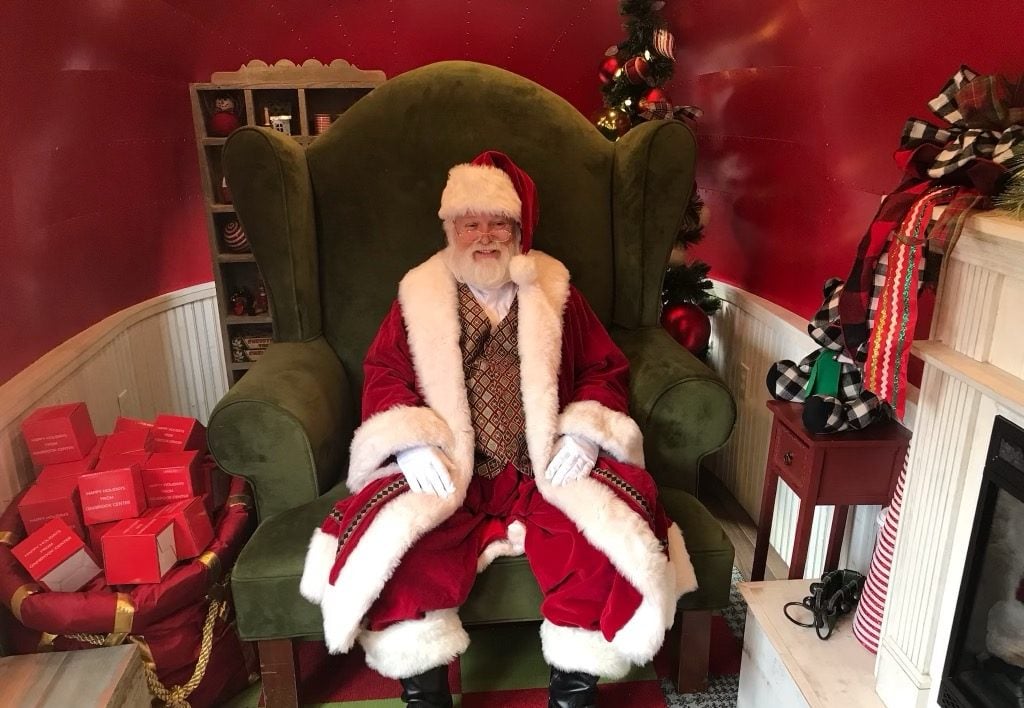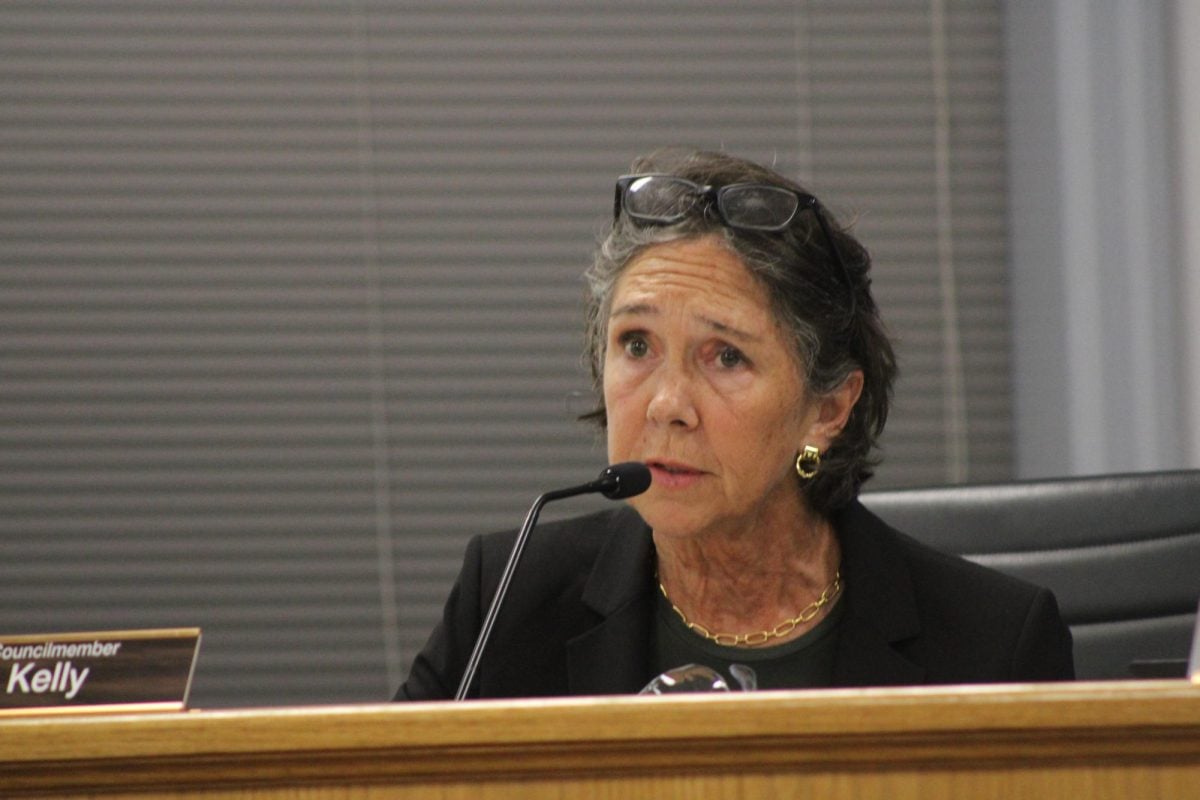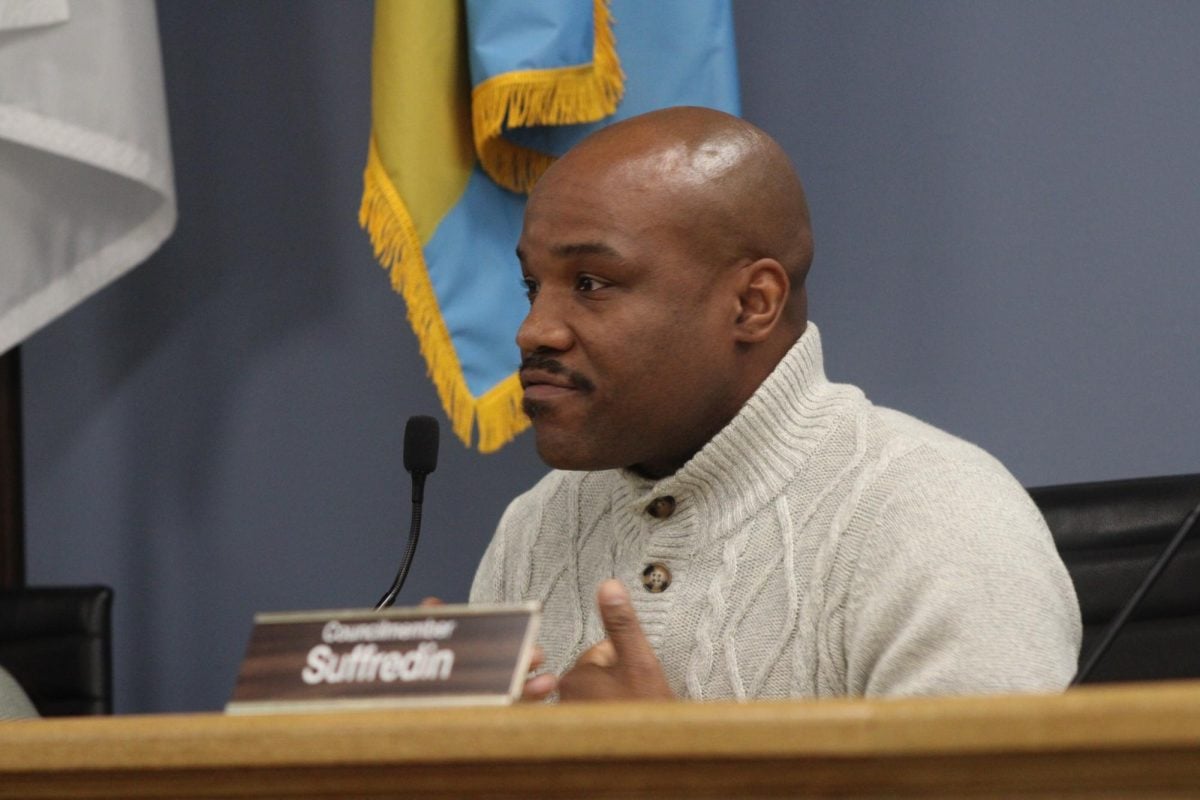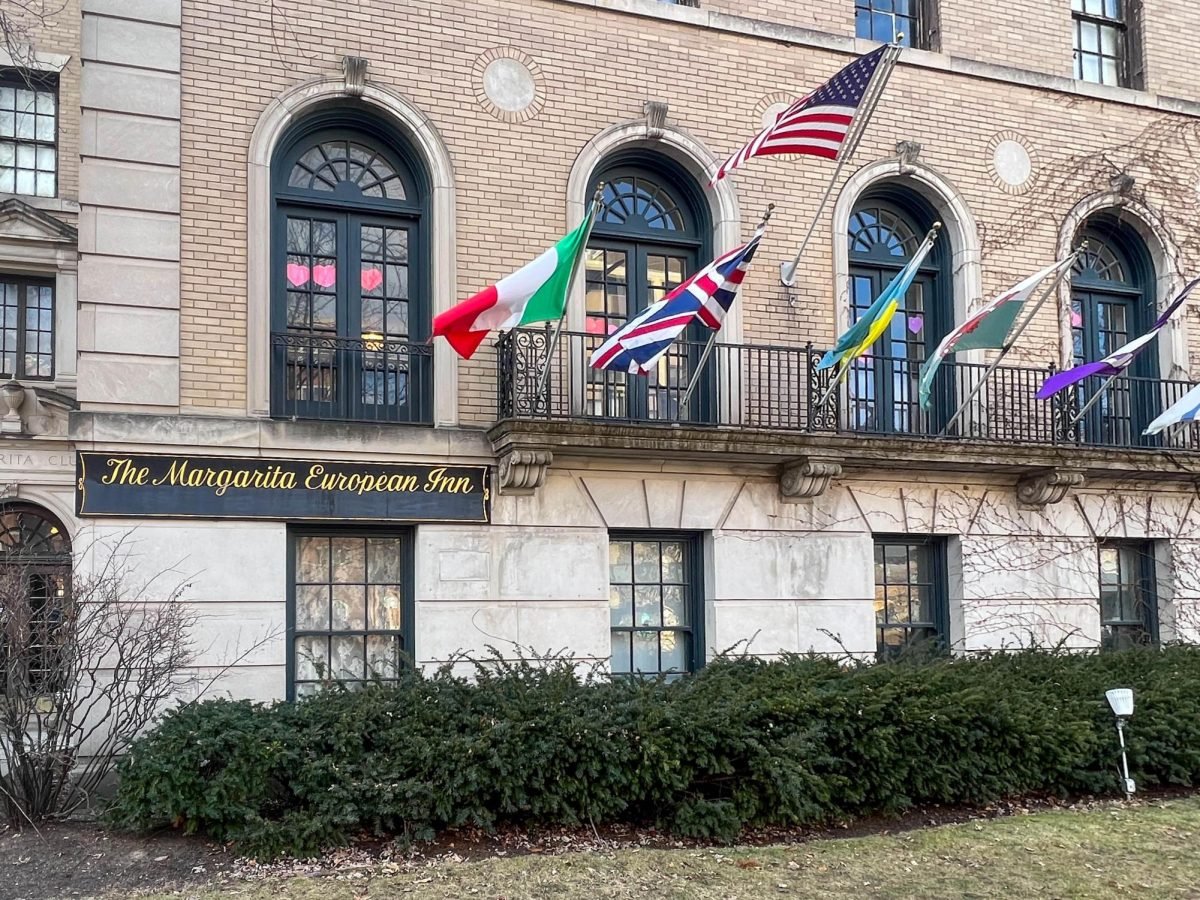The nonprofit that operates Evanston’s animal shelter has come under scrutiny in the last year after volunteers questioned the center’s high dog euthanasia rate. Volunteers say the shelter’s kill-rate for dogs is just under 50 percent, which means the shelter euthanizes almost as many dogs as it puts up for adoption.
Community Animal Rescue Effort, a volunteer organization which finds homes for abandoned animals, operates the city-owned shelter, according to its website. The Evanston Police Department employs the city’s animal warden, who is responsible for taking in stray dogs and cats and handling any animal control issues in the city, EPD Cmdr. Jay Parrott said. C.A.R.E. handles day-to-day shelter operations and is responsible for organizing adoptions.
C.A.R.E. has operated the shelter since 1987, but in the last two years, volunteers have raised questions on many of the organization’s practices, specifically its euthanasia policies and behavioral tests used to determine dogs’ futures.
Volunteers Vicky Pasenko, Alisa Kaplan and Cathy Roberts began voicing concern with C.A.R.E.’s policies starting in summer 2012. Their action was spurred by a miniature poodle named Flip, who was abandoned. An Evanston resident found Flip and called police to take him to the shelter. When the resident returned to the shelter to check on Flip’s wellbeing, she found that he had failed his behavioral tests and was scheduled to be euthanized. C.A.R.E.’s behavior evaluation team decides which animals are suitable for adoption and which animals will be euthanized, Kaplan said. The resident brought the issue to Ald. Ann Rainey (8th), and EPD intervened to save Flip’s life. Ald. Judy Fiske (1st) adopted Flip in spring 2012, she said.
“Right now he’s sitting on my lap and as happy as a clam,” Fiske said Wednesday.
Pasenko, Kaplan and Roberts were motivated by Flip’s story and began asking C.A.R.E. board members about the organization’s procedures. The volunteers also began speaking with Fiske about the issue.
“Their official answer was: Nothing is going to change,” Kaplan said.
After board members indicated they weren’t interested in changing C.A.R.E.’s existing practices, volunteers got police involved, Kaplan said.
The department issued an edict in fall 2012 mandating that only the animal warden could euthanize dogs, Kaplan said. Since then, the euthanasia rate at the facility has dropped dramatically. In 2013, just five dogs were euthanized — four for behavioral reasons and one due to health, Pasenko said. When C.A.R.E. made euthanasia decisions, between 45 and 50 percent of about 100 abandoned dogs were euthanized, Fiske said.
“That’s huge, just staggeringly huge,” she said. “It came as a complete shock to me.”
Throughout last year, Pasenko, Kaplan and Roberts have continued to pressure C.A.R.E. to change its policies. EPD commissioned a report on the center from the American Society for the Prevention of Cruelty to Animals. C.A.R.E. does not correctly use evaluation tools and should discontinue the behavior evaluations, according to the ASPCA’s report. C.A.R.E. commissioned its own report, which also called for a review of the organization’s dog behavior assessment. The reports raised other concerns as well, including the length of stay for animals and the medical treatment animals receive at the shelter.
C.A.R.E. released a statement Thursday saying the organization “uses nationally accepted tools for evaluating dogs,” and that the organization had already addressed some concerns. On average, 16 percent of dogs are euthanized, the nonprofit says. Kaplan said this figure is incorrect and only surfaced since the community has put pressure on C.A.R.E.
The future for the Evanston animal shelter remains unclear. The city’s Human Services Committee will discuss the matter during their meeting next month. Fiske said the committee will talk about the city’s expectations from its shelter and the possibility of extending an agreement with C.A.R.E. to continue operating the center for one year.
Parrott expressed the city’s desire to alter C.A.R.E.’s euthanasia policies.
“We don’t want to euthanize a dog if it doesn’t have to be,” Parrott said. “If there’s a viable option to get these dogs saved, we will do it.”
Email: [email protected]
Twitter: @mccarthy_ciara



















